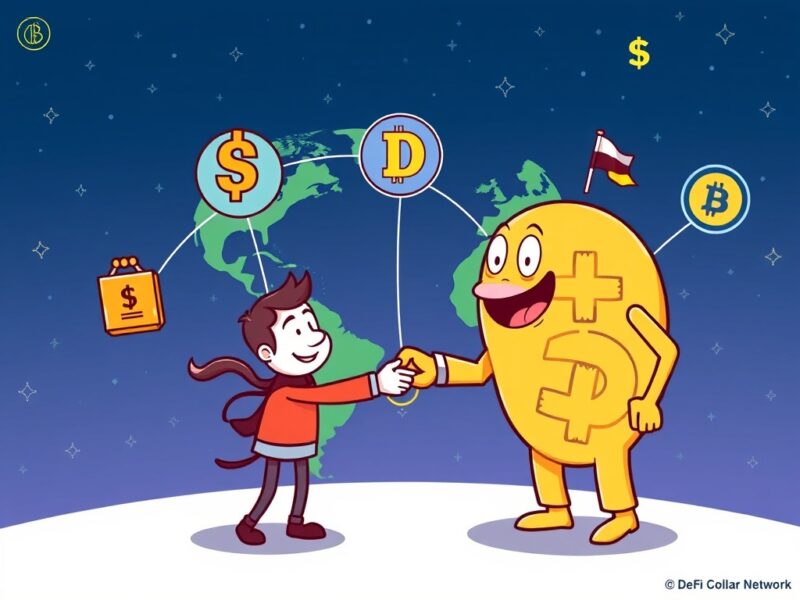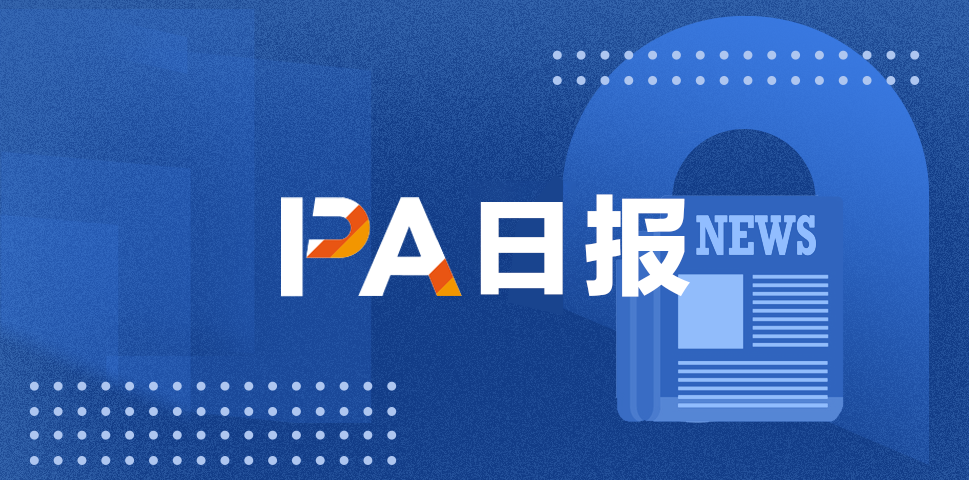Trump Jr. Joins Polymarket Board as 1789 Capital Pours Millions
Donald Trump Jr. has joined the advisory board of blockchain-based prediction market Polymarket after his venture capital firm, 1789 Capital, made a major investment in the fast-growing platform.
The deal, announced in a press release on Wednesday, shows both Polymarket’s ambitions to expand its global footprint and 1789 Capital’s push into crypto infrastructure and alternative finance.
1789 Capital Invests Tens of Millions in Polymarket, Trump Jr. Joins Advisory Board
According to the press release, 1789 Capital committed “tens of millions of dollars” to Polymarket after 18 months of discussions.
The investment aligns with the firm’s stated mission of backing technologies that drive what it calls “American dynamism,” a theme gaining traction among conservative venture investors focused on domestic innovation and self-sufficiency.
Founded in 2020, Polymarket allows users to bet on the outcomes of real-world events ranging from elections and court rulings to geopolitical conflicts.
The platform has processed more than $8 billion in bets, including $2.5 billion during the 2024 U.S. election cycle, and is now the largest prediction market in the world by trading activity. In the first half of 2025 alone, users wagered around $6 billion on the platform.
Trump Jr., who will now advise Polymarket as it scales, said the company “cuts through media spin and so-called ‘expert’ opinion by letting people bet on what they actually believe will happen.”
He added that the U.S. needs access to such a platform and called his appointment part of a mission to “bring truth and transparency to everyone, including the U.S.”
Shayne Coplan, Polymarket’s founder and CEO, said the partnership with 1789 Capital “marks a significant milestone” for the company.
“We are proud to formally welcome 1789 Capital as a strategic partner and Donald Trump Jr. to our advisory board as we continue building our platform to reflect real-world sentiment, in real time, for all to see,” he said.
Polymarket has recently been in the spotlight for its rapid growth and regulatory challenges. The company is finalizing a $200 million funding round led by Peter Thiel’s Founders Fund, which would give it a $1 billion valuation and “unicorn” status.
It also completed the $112 million acquisition of QCEX, a derivatives exchange and clearinghouse licensed by the U.S. Commodity Futures Trading Commission (CFTC). The move positions Polymarket to re-enter the U.S. market after years of restrictions.
Polymarket has technically barred American users since 2022, when it settled with regulators over unauthorized access by U.S. residents. But earlier this summer, both the Department of Justice and the CFTC closed their probes into the company without action, clearing a major obstacle for its expansion.
Coplan, who revealed that the FBI raided his home during the investigation, called the resolution a vindication. “Justice prevailed. God Bless America,” he wrote in a post on X.
The platform has also struck high-profile partnerships to bolster its reach. In June, it became the official prediction market partner of Elon Musk’s social media platform X, integrating forecasts alongside AI-powered analysis from Musk’s xAI chatbot, Grok.
The collaboration seeks to blend real-time prediction markets with social commentary, increasing Polymarket’s visibility ahead of the 2025 U.S. election cycle.
For 1789 Capital, the Polymarket investment is part of a broader strategy.
“Polymarket stands at the intersection of free expression and financial innovation by empowering individuals with real-time truth in a world clouded by noise, and we are proud to support its vision,” said Omeed Malik, the firm’s founder.
Prediction markets have long been praised for their accuracy compared with traditional polling, often moving faster than surveys in capturing shifts in public sentiment.
Polymarket’s trading activity has already eclipsed sports betting giants like FanDuel and DraftKings, indicating its growing influence.
Donald Trump Jr. Expands Crypto Footprint With Thumzup Stake, American Bitcoin, and Telegram Launch
Donald Trump Jr.’s involvement in crypto-linked ventures has been steadily expanding since his $4 million stake in Thumzup Media Corp. in July.
The Los Angeles-based startup, which pays users for brand promotions on Instagram, has faced steep losses despite holding Bitcoin on its balance sheet.
Still, the company’s board recently approved plans to hold as much as $250 million in cryptocurrencies, widening exposure beyond Bitcoin to assets like Ether, Solana, XRP, Dogecoin, and USDC.
The Trump family’s crypto ties run deeper through Eric Trump’s venture, American Bitcoin, which the company launched in March and is majority-owned by Hut 8. The firm raised $220 million to fund large-scale mining operations and Bitcoin reserves.
SEC filings show that part of the raise was conducted in Bitcoin rather than cash. American Bitcoin is preparing to list on Nasdaq under the ticker ABTC through a merger with Gryphon Digital Mining, a deal that would leave the Trump brothers and existing shareholders with 98% control.
Expansion plans are already underway. On August 16, it was reported that American Bitcoin is eyeing acquisitions in Asia, including a publicly listed company in Japan, as it seeks to build corporate Bitcoin holdings on the scale of Michael Saylor’s Strategy.
The same day, Trump Jr. launched a Telegram channel, The DeFiant Ones, as a hub for an upcoming family-backed crypto project. The channel, which quickly gained nearly 13,000 subscribers, positioned itself as the sole official source for updates while warning followers against impersonators.
The developments mark a broader push by the Trump family into digital assets, aligning with President Donald Trump’s recent softening stance on crypto.
You May Also Like

DeFi Development’s Revolutionary Leap: Joining the Global Dollar Network

PA Daily | Upbit will list Celestia (TIA) and io.net (IO); the Federal Reserve keeps interest rates unchanged for the third time
